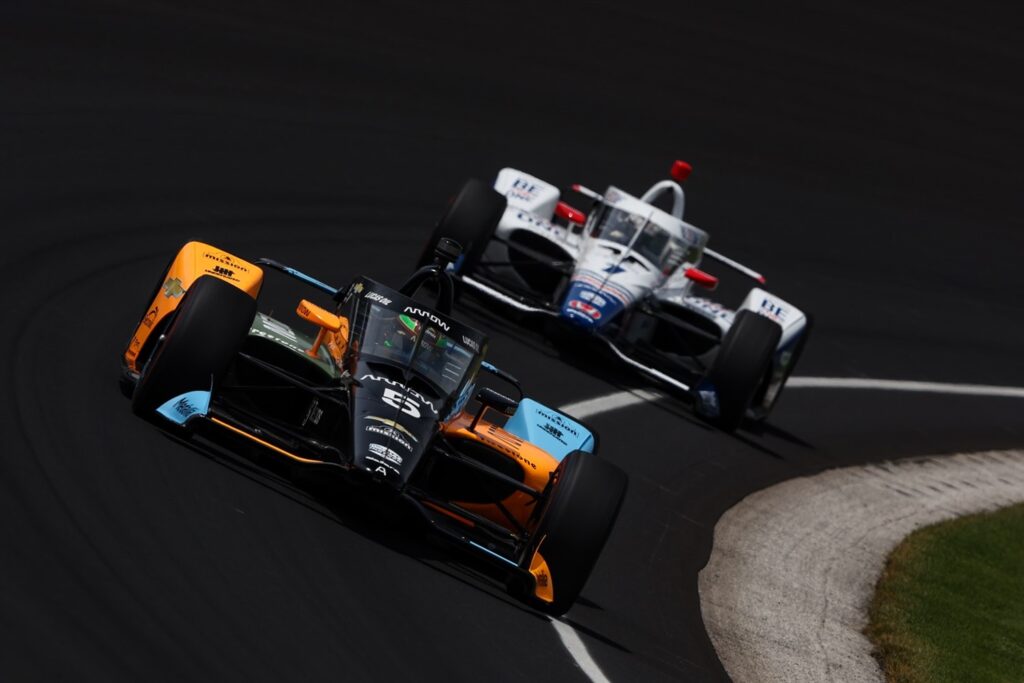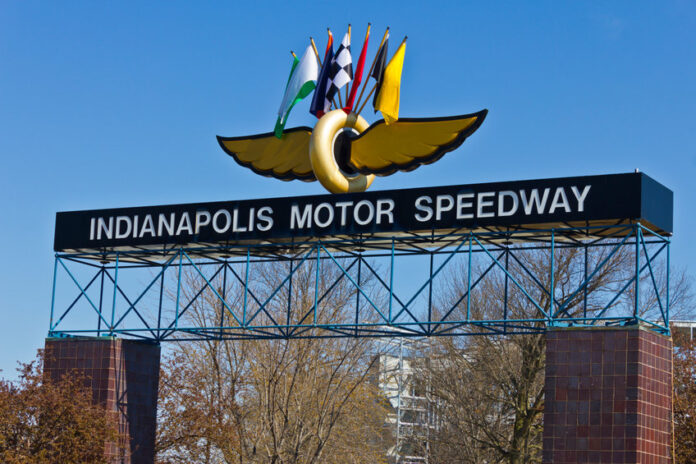More the 325,000 fans attended the Indy 500 race
Over the weekend, Marcus Ericsson won the 106th Running of the Indianapolis 500, or the Indy 500, a major racing event that takes place annually at the Indianapolis Motor Speedway in Speedway, Indiana. According to Verizon, more the 325,000 fans attended the race and among them, plenty of Verizon customers. Those customers, said the carrier, used more than 17 terabytes of data on race day.
Supported by Verizon’s 5G Ultra Wideband — the brand name for its millimeter wave (mmWave) and C-Band network — customers streamed, tweeted and posted about the event. They were also able to use a featured called 5G Multi-View to view, which offers several unique, live high-definition camera angles of the action.
These usage numbers surpass the more than the 15 terabytes of data fans used at this year’s Formula 1 Crypto.com Miami Grand Prix event, which was similarly outfitted with Verizon’s 5G network. The carrier claimed that at the Miami event, its customers achieved peak download speeds of 2.8 Gbps on the 5G Ultra Wideband network and an average download speeds of more than 1 Gbps.

Verizon first deployed 5G Ultra Wideband at the Indianapolis Motor Speedway in 2020 when, due to the COVID-19 pandemic, fans were unable to attend in person. Therefore, Verizon used its network to “transport select fans into the center of the action,” providing access to an augmented reality portal on their smartphones that was connected to a high-definition, 5G-enabled, 360-degree camera placed on the infield.
Similarly, in 2019, Team Penske enlisted Verizon’s 5G Ultra Wideband network during practice to analyze performance of cars coming in and out of the first turn. By streaming high-quality video content over 5G connected cameras, the team was able to better analyze a driver’s performance and make real-time changes while the car was still on track.
“Prior to 5G, we’d capture video of a six to seven hour practice session, store it in on a memory card, then go back to the garage and analyze that information after practice,” said Carlos Gutierrez, an engineer with Team Penske at the time. “With 5G, we have that video content almost instantly so we can tweak performance on a run-by-run basis instead of the following day. The faster this data gets to the team, the faster we can help the driver on the next lap and gain a competitive edge.”
Of the latest news, Verizon commented: “Today’s announcement builds on the company’s network-as-a-service foundation and supports its core areas of growth and innovation across mobility, nationwide broadband, mobile edge compute and business solutions, the value market and network monetization.”

